Table of Contents
Why Sound Matters Just as Much as Picture
You’ve probably heard it before — “audio is fifty percent of the viewing experience.” It’s not just a cliché. Even the most beautifully lit and composed film can fall apart if the sound is muffled, echoing, or drowned out by background noise. In Nollywood, where filmmakers often work in unpredictable environments with limited resources, getting clean, clear audio is a game-changer.
Microphones aren’t just tech tools. They’re storytellers. The right mic captures emotion, breath, and atmosphere. The wrong mic turns dialogue into noise. So how do you choose the right one for your project?
Understanding What Makes a Good Film Microphone
When picking a microphone, think beyond brand names. Focus on four key things:
Audio Quality: Good mics capture a wide frequency range so that deep voices, soft whispers, and background textures all come through clearly.
Pickup Pattern: This tells you which direction the mic listens to. Cardioid and supercardioid patterns are common in film because they focus on what’s in front while rejecting side noise — perfect for dialogue.
Power Source: Some mics run on batteries, others need phantom power from an audio recorder. Know what your setup supports.
Durability and Portability: If you’re shooting in a Lagos market or out in the bush, your mic needs to be tough and easy to move.
The Main Microphone Types You’ll See on Set
Shotgun Microphones
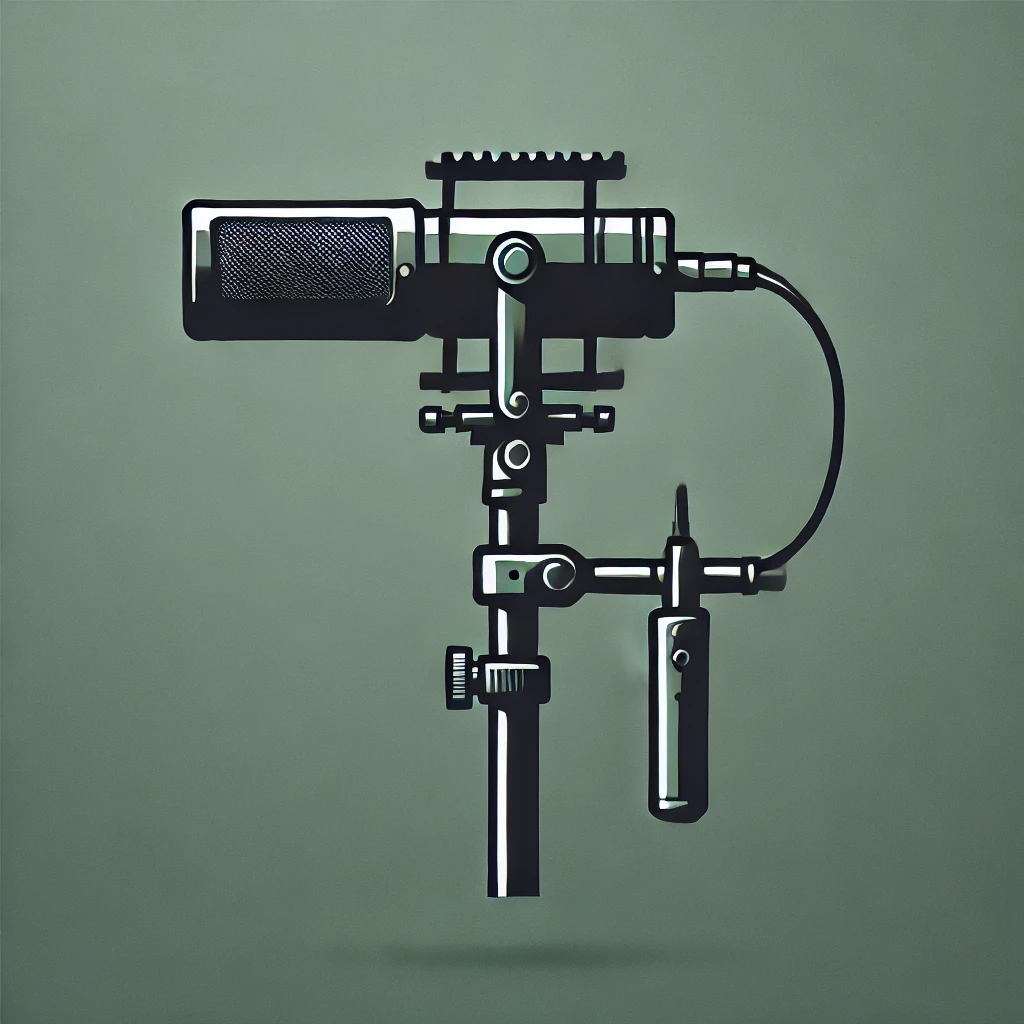
These long, directional mics are designed to pick up sound from a narrow area in front of them while rejecting side and rear noise. Ideal for dialogue in noisy locations.
On Nollywood sets, shotgun mics are often mounted on boom poles just above the actors, out of frame. Models like the Rode NTG3 and Sennheiser MKH 416 are industry favorites.
Lavalier (Lapel) Microphones
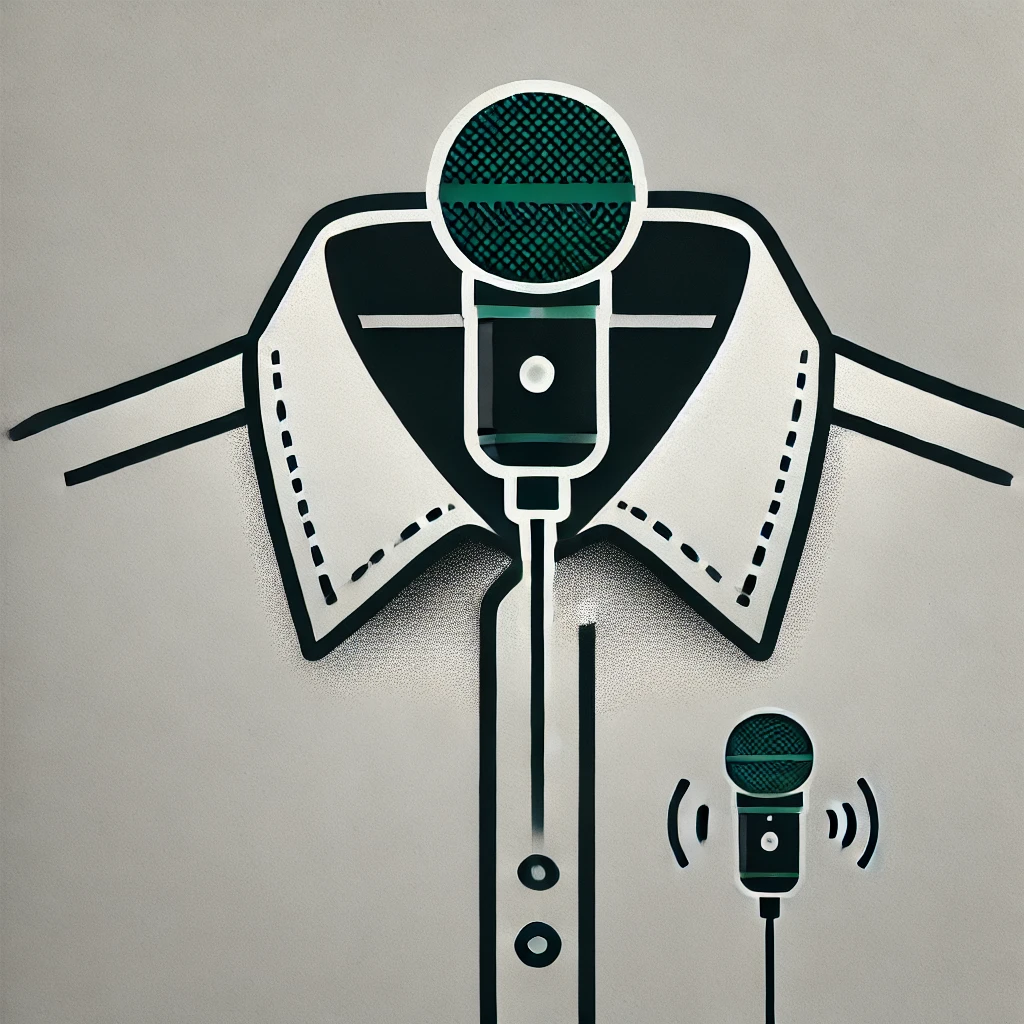
These are the tiny mics clipped to an actor’s clothing. You’ve probably seen them hidden under a shirt collar or tucked into a blouse.
They’re great for interviews or scenes where the actor moves around a lot. Wireless lavs (like Rode Wireless GO or Sennheiser G4) give freedom without cables but can pick up rustling if not placed well.
Handheld Microphones
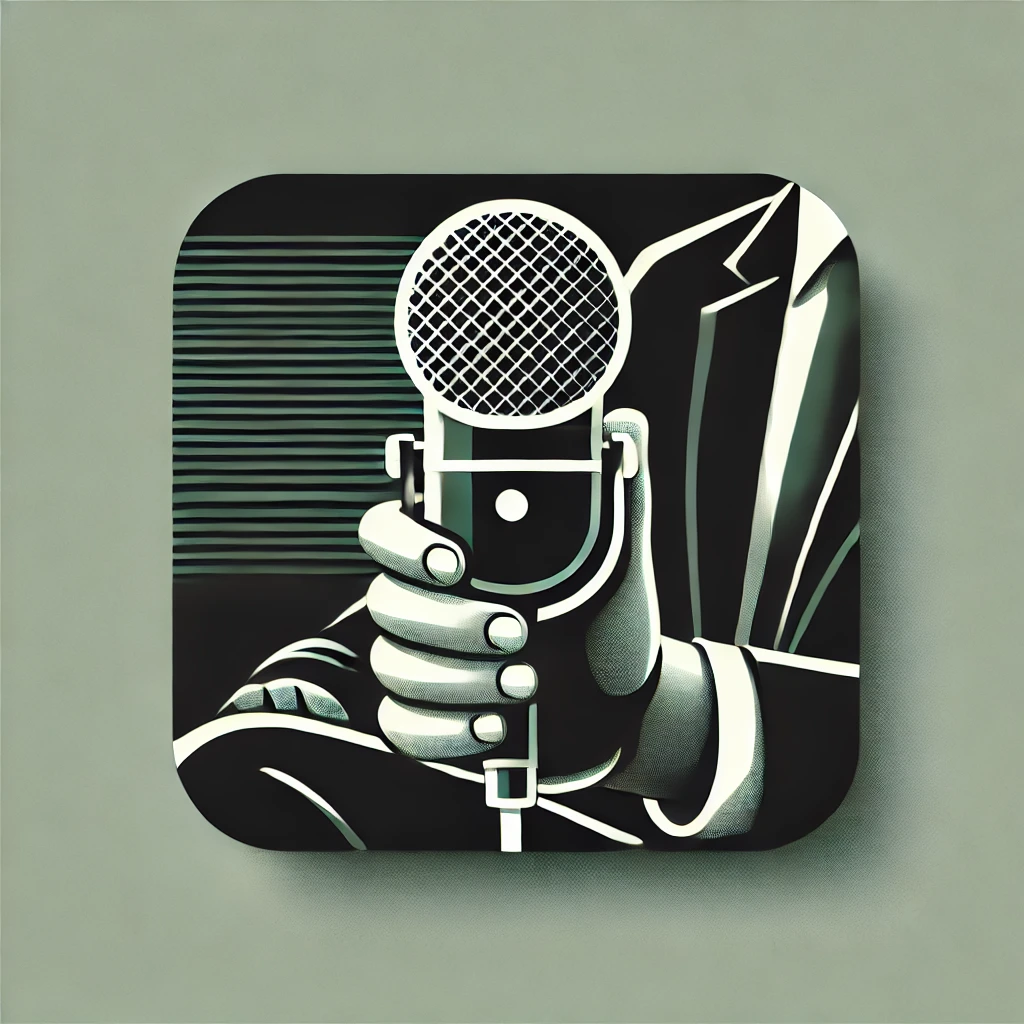
Not as common in fiction films, but crucial in documentaries, event coverage, or street interviews. Handhelds like the Shure SM58 are durable and cut through noisy environments.
They’re especially useful for behind-the-scenes content or on-the-go interviews where speed and clarity matter.
Boundary Microphones (PZM)
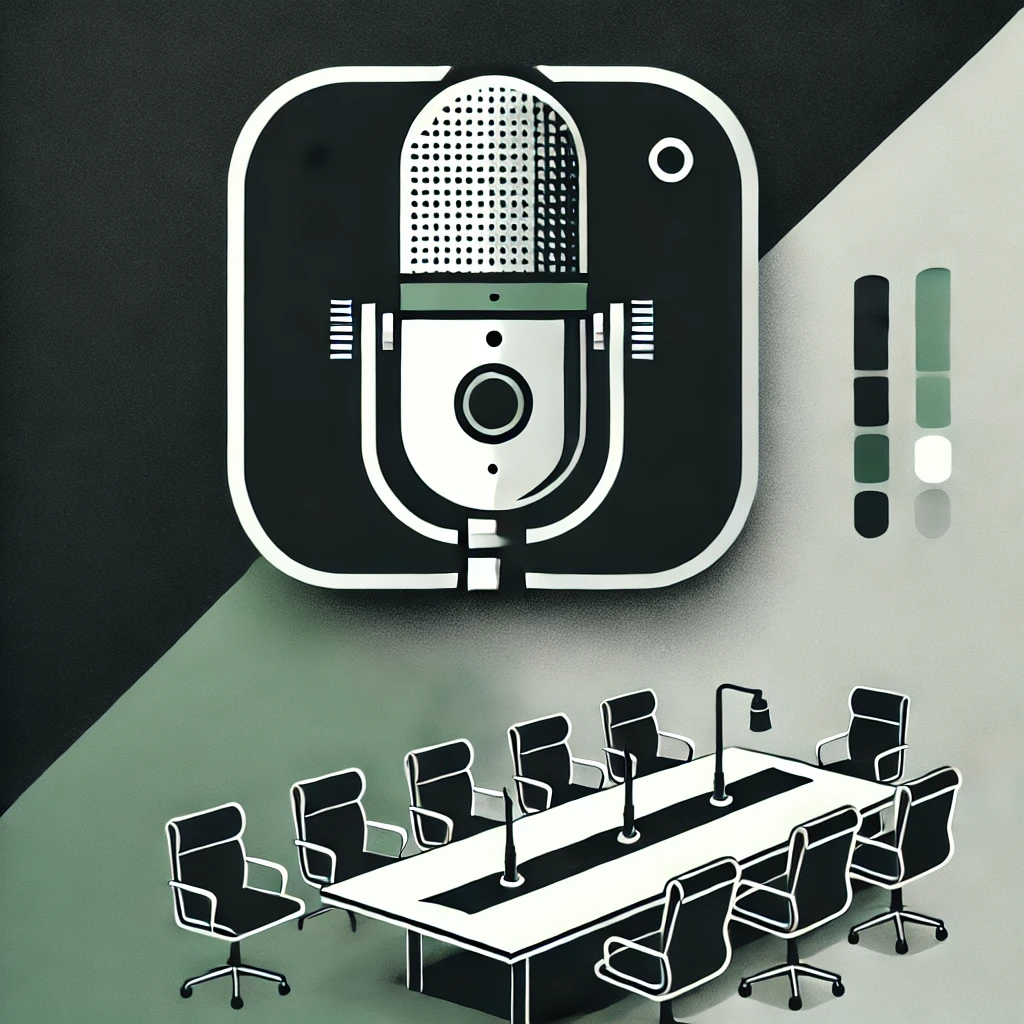
These flat mics are designed to be placed on surfaces — tables, floors, or walls and pick up sound from a wide area. You’ll see them used in court scenes, meeting room setups, or anywhere multiple people speak from a fixed location.
They’re discreet and effective, but placement is everything.
Parabolic Microphones
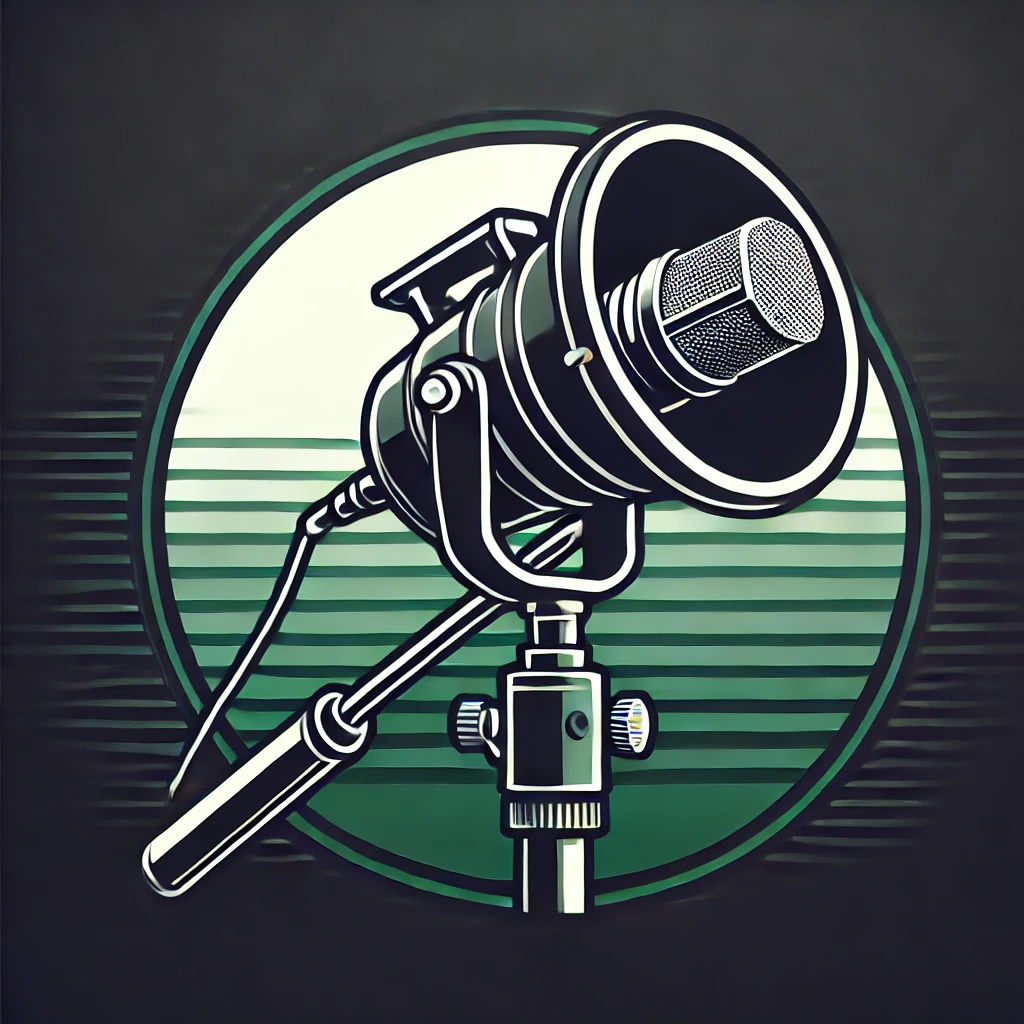
These are specialty tools; big, dish-shaped mics that can capture audio from a distance. You won’t see them often, but they’re useful for wide shots where a boom would be visible, or for capturing ambient sound without disturbing the scene.
Stereo Microphones

Stereo mics are used to capture spatial sound, the kind that gives the audience a sense of place. Perfect for ambience, cityscapes, or scenes where environmental sound helps tell the story.
They’re less common for dialogue, but vital for building atmosphere in post.
How to Use Each Mic Type Effectively
Shotgun on a Boom: Always angle it toward the chest or mouth, just out of frame. Watch out for handling noise and wind. Use a proper shock mount and a windscreen (like a “dead cat”) when outdoors.
Lavalier Placement: Hide it carefully to avoid clothing noise. Tape it securely. Test different positions — under the collar, inside a pocket flap — to find what works best for your scene.
Handhelds for Interviews: Keep a consistent distance from the speaker’s mouth. Monitor audio levels closely, especially outdoors.
PZM Use: Tape them flat to surfaces, and make sure they’re not blocked. Ideal for scenes with multiple people around a table.
Stereo Recording: Use it when you’re not recording dialogue, just ambience. Record at least 30 seconds of clean ambient sound at every location.
Final Thoughts
Good sound makes your story believable. It lets the audience forget they’re watching a film and simply fall into the world you’ve created.
No matter your budget, prioritize your audio setup. Learn your gear. Test every mic. And always, always listen while you record.














Leave a comment